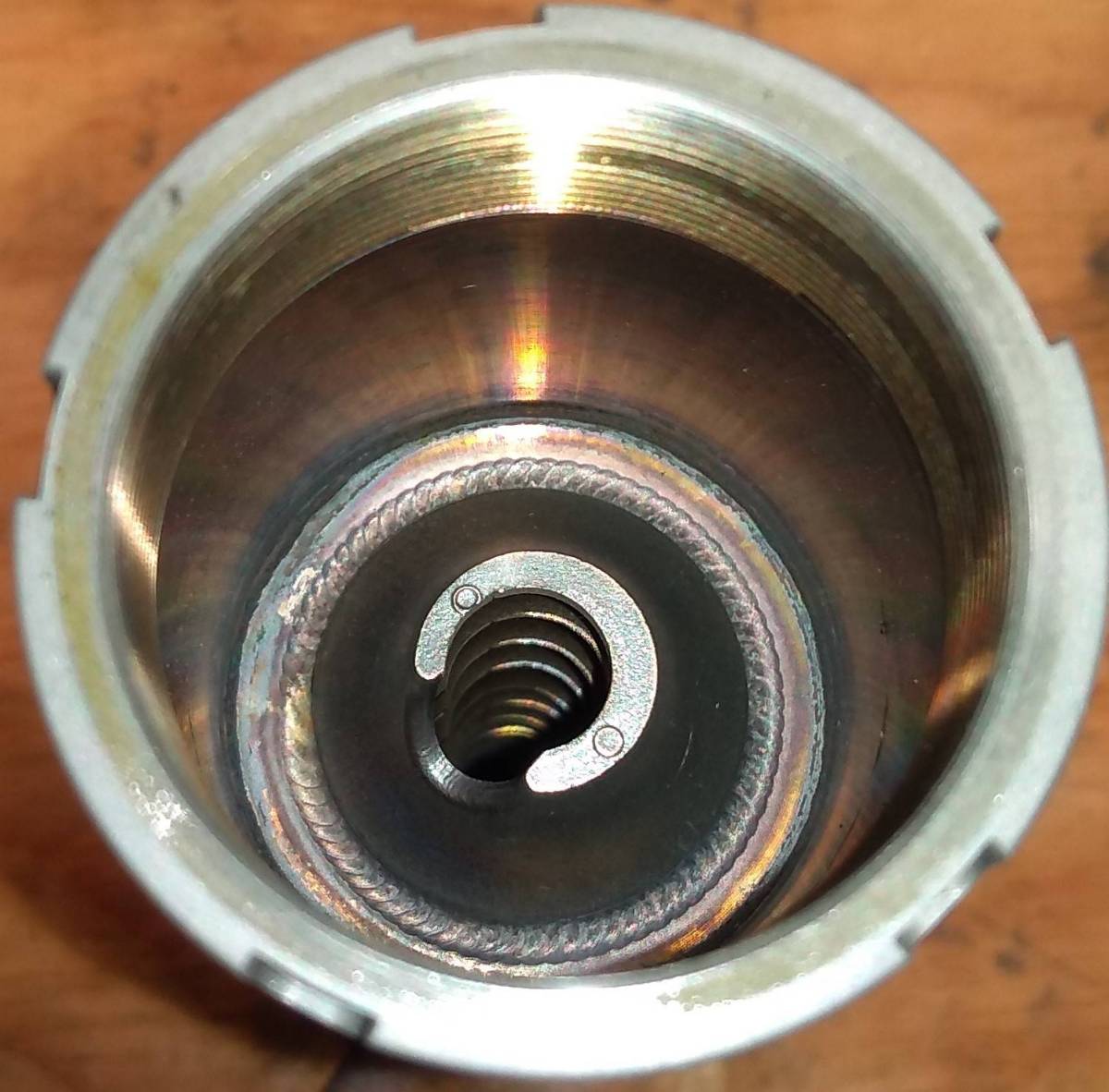Thanks for the info Josh. I really enjoy reading about the various alloys and what makes them good choices for suppressor baffle design.
It is ironic, in my industry (nuclear power) we have been using these alloys for decades due to their temperature properties in high heat environments. The question I have is how much “better” does the 718 perform over Stellite? Marginally or significantly as in factor of 3x or more?
Lastly, for quick clarification, your CGS cans are threaded to accept the KeyMo adapters, correct?

Originally Posted by
paco ramirez

It depends on what it's being judged by but for the most part 718 Inconel is the king of silencer materials for its properties during hard use and high heat. Higher temperatures are where 718 Inconel and Stellite 6 excel. 718 Inconel being better than Stellite 6 because it isn't brittle, is stronger at higher temperatures, has good corrosion resistance at those higher temperatures, and has far more manufacturing capabilities. Stellite is very abrasion resistant but is limited to casting because machining it sucks hard which can lead to porosity in the casting sometimes. C300 maraging steel, while it has a high yield strength at lower temperatures, would take third or fourth place behind those depending on how important corrosion resistance is because it's really bad at that, and the yield strength drops off significantly at 1000 deg F. C300 can basically be viewed as an alternate material option where 17-4 is commonly used, but that's if the lack of C300's corrosion resistance doesn't matter. 17-4 H900 is much better at corrosion resistance to around 600 deg F, and has decent yield strength to around 800-1000 deg. Grade 5 Titanium shouldn't be used past 800 deg F as it because far more susceptible to corrosion and particle erosion. 7075 T6 aluminum is just fine for some applications in rifle silencers, usually limited to low volume firing on bolt guns or very light semi auto use as a lower cost silencer option. Grade 5 titanium tends to be a better choice for this but is obviously much more expensive.
Besides material, we've learned in the last few years that erosion resistance depends on the design of the silencer system overall, beyond just putting extra material on the mouth of the blast baffle which just takes a bit longer to erode away as opposed to eliminating or limiting it in the first place. Our patented Hyperion Technology utilized in all of our rifle silencer is currently the only tech that can eliminate, or at the very least significantly limit, particle erosion even on 5.5" 5.56mm. Our Grade 5 titanium silencer after 12,800rds of 260 Remington on an 18" semi auto host didn't have any erosion despite the blast baffle being only ~.7" in front of the actual muzzle. That can be compared to another company's Grade 5 Titanium silencer that had severe erosion after only 5000rds of Blackout. However, flash hider jet cutting can still occur depending on who's flash hider is being used. But I have a very simple fix for that too.
ETC (SW/AW), USN (1998-2008)
CVN-65, USS Enterprise




 Reply With Quote
Reply With Quote





Bookmarks